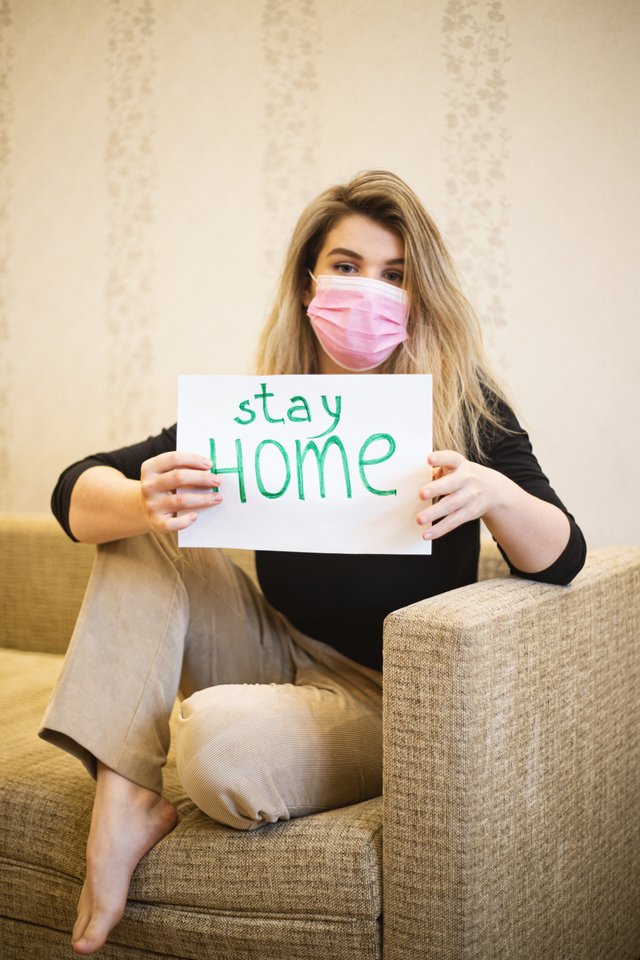
Pexels
Since January 2020, when the coronavirus disease 2019 (COVID-19) was initially identified in the US, the illness has killed over 575,000 people and infected over 32 million. A size-able portion of households have experienced food and housing instability throughout this time. Major efforts by governments to stop the spread of COVID-19 have also been aided by safety precautions implemented in public spaces, schools, nursing homes, congregate housing facilities, densely populated work places, and prisons.

Pexels
With State, municipal, and Tribal governments leading the charge in combating the epidemic, these personnel reductions occur at a time when there is a great need for government services. In many regions, pre-existing social vulnerabilities exacerbated the pandemic; lower levels of home-based employment and often denser housing increased the likelihood of contracting an infection. More severe COVID-19 health outcomes may also have been influenced by higher frequencies of pre-existing medical disorders. Twelve Similar to how communities or households experiencing financial instability prior to the pandemic were less equipped to withstand company closures, job losses, or pay decreases, they were also less able to engage in remote work or education because of disparities in access to dependable and reasonably priced broadband infrastructure.